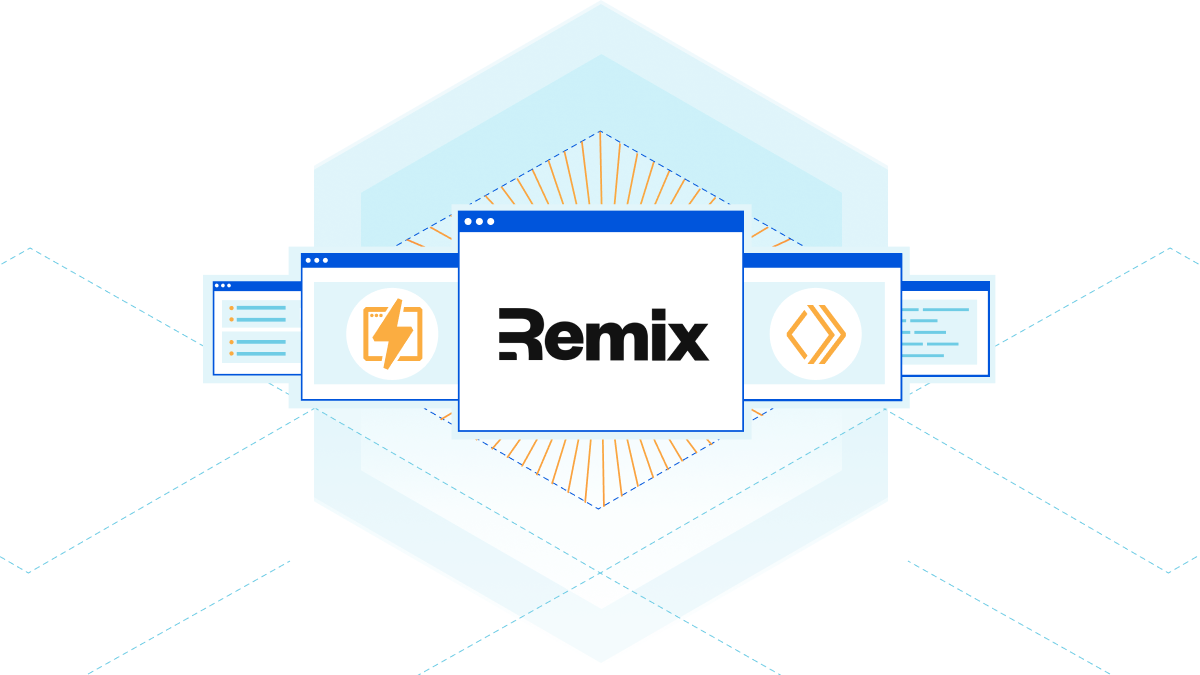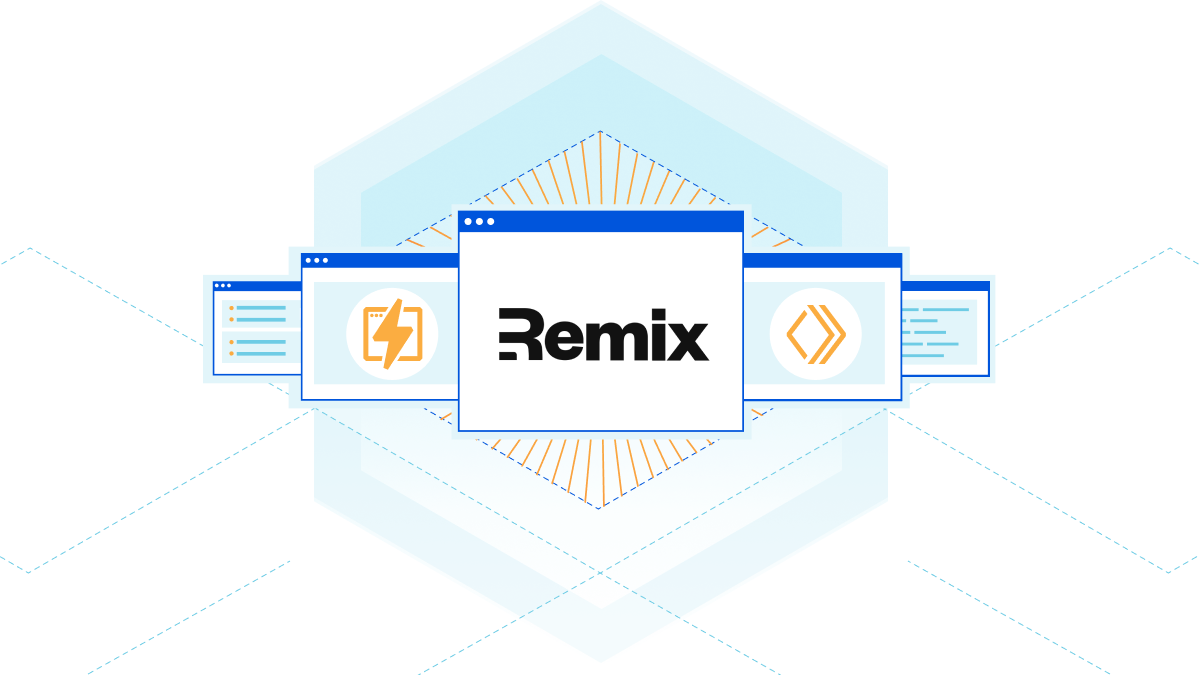Author Archives: Greg Brimble
Author Archives: Greg Brimble


Cloudflare Pages launched over two years ago in December 2020, and since then, we have grown Pages to build millions of deployments for developers. In May 2022, to support developers with more complex requirements, we opened up Pages to empower developers to create deployments using their own build environments — but that wasn't the end of our journey. Ultimately, we want to be able to allow anyone to use our build platform and take advantage of the git integration we offer. You should be able to connect your repository and have it just work on Cloudflare Pages.
Today, we're introducing a new beta version of our build system (a.k.a. "build image") which brings the default set of tools and languages up-to-date, and sets the stage for future improvements to builds on Cloudflare Pages. We now support the latest versions of Node.js, Python, Hugo and many more, putting you on the best path for any new projects that you undertake. Existing projects will continue to use the current build system, but this upgrade will be available to opt-in for everyone.
The Cloudflare Pages build system has been updated to not only support new versions Continue reading


You can now deploy Next.js applications which opt in to the Edge Runtime on Cloudflare Pages. Next.js is the fourth full-stack web framework that the Pages platform officially supports, and it is one of the most popular in the 'Jamstack-y' space.
Cloudflare Pages started its journey as a platform for static websites, but with last year's addition of Pages Functions powered by Cloudflare Workers, the platform has progressed to support an even more diverse range of use cases. Pages Functions allows developers to sprinkle in small pieces of server-side code with its simple file-based routing, or, as we've seen with the adoption from other frameworks (namely SvelteKit, Remix and Qwik), Pages Functions can be used to power your entire full-stack app. The folks behind Remix previously talked about the advantages of adopting open standards, and we've seen this again with Next.js' Edge Runtime.
Next.js' Edge Runtime is an experimental mode that developers can opt into which results in a different type of application being built. Previously, Next.js applications which relied on server-side rendering (SSR) functionality had to be deployed on a Node.js server. Running a Node.js Continue reading


Last year, we demonstrated what we meant by “lightning fast”, showing Pages' first-class performance in all parts of the world, and today, we’re thrilled to announce an integration that takes this commitment to speed even further – introducing Pages support for Early Hints! Early Hints allow you to unblock the loading of page critical resources, ahead of any slow-to-deliver HTML pages. Early Hints can be used to improve the loading experience for your visitors by significantly reducing key performance metrics such as the largest contentful paint (LCP).
Early Hints is a new feature of the Internet which is supported in Chrome since version 103, and that Cloudflare made generally available for websites using our network. Early Hints supersedes Server Push as a mechanism to "hint" to a browser about critical resources on your page (e.g. fonts, CSS, and above-the-fold images). The browser can immediately start loading these resources before waiting for a full HTML response. This uses time that was otherwise previously wasted! Before Early Hints, no work could be started until the browser received the first byte of the response. Now, the browser can fill this time usefully when it was previously sat Continue reading


We announced the open beta of full stack Cloudflare Pages in November and have since seen widespread uptake from developers looking to add dynamic functionality to their applications. Today, we're excited to announce Pages' support for Remix applications, powered by our full stack platform.
Remix is a new framework that is focused on fully utilizing the power of the web. Like Cloudflare Workers, it uses modern JavaScript APIs, and it places emphasis on web fundamentals such as meaningful HTTP status codes, caching and optimizing for both usability and performance. One of the biggest features of Remix is its transportability: Remix provides a platform-agnostic interface and adapters allowing it to be deployed to a growing number of providers. Cloudflare Workers was available at Remix's launch, but what makes Workers different in this case, is the native compatibility that Workers can offer.
One of the main inspirations for Remix was the way Cloudflare Workers uses native web APIs for handling HTTP requests and responses. It's a brilliant decision because developers are able to reuse knowledge on the server that they gained building apps in the browser! Remix runs natively on Cloudflare Workers, and the results Continue reading


We were so excited to announce support for full stack applications in Cloudflare Pages that we knew we had to show it off in a big way. We've built a sample image-sharing platform to demonstrate how you can add serverless functions right from within Pages with help from Cloudflare Workers. With just one new file to your project, you can add dynamic rendering, interact with other APIs, and persist data with KV and Durable Objects. The possibilities for full-stack applications, in combination with Pages' quick development cycles and unlimited preview environments, gives you the power to create almost any application.
Today, we're walking through our example image-sharing platform. We want to be able to share pictures with friends while still also keeping some images private. We'll build a JSON API with Functions (storing data on KV and Durable Objects), integrate with Cloudflare Images and Cloudflare Access, and use React for our front end.
If you're wanting to dive right into the good stuff, our demo instance is published here, and the code is on GitHub, but stick around for a more gentle approach.

If you're not already familiar, Cloudflare Pages Continue reading

Images are a massive part of the Internet. On the median web page, images account for 51% of the bytes loaded, so any improvement made to their speed or their size has a significant impact on performance.
Today, we are excited to announce Cloudflare’s Image Optimization Testing Tool. Simply enter your website’s URL, and we’ll run a series of automated tests to determine if there are any possible improvements you could make in delivering optimal images to visitors.

Everyone who has ever browsed the web has experienced a website that was slow to load. Often, this is a result of poorly optimized images on that webpage that are either too large for purpose or that were embedded on the page with insufficient information.
Images on a page might take painfully long to load as pixels agonizingly fill in from top-to-bottom; or worse still, they might cause massive shifts of the page layout as the browser learns about their dimensions. These problems are a serious annoyance to users and as of August 2021, search engines punish pages accordingly.
Understandably, slow page loads have an adverse effect on a page's “bounce rate” which is the percentage of Continue reading